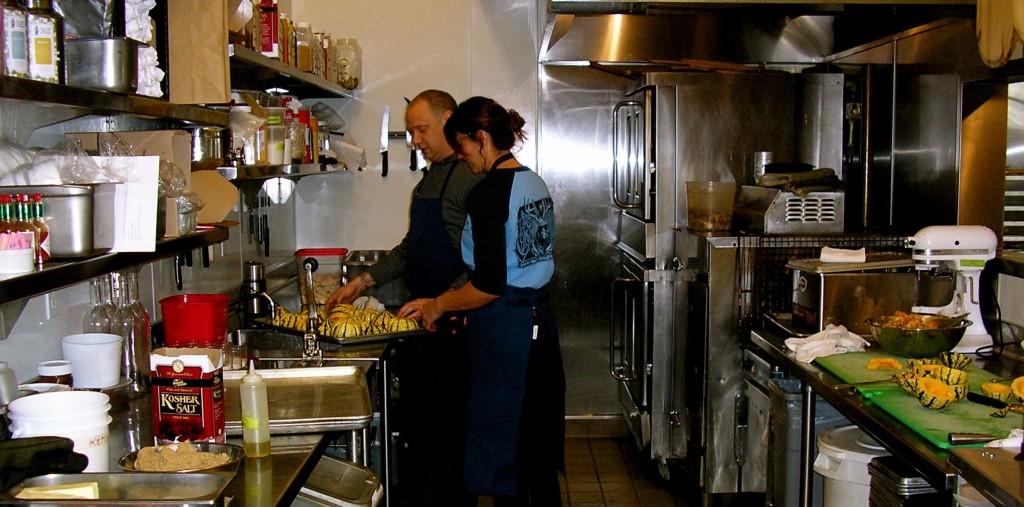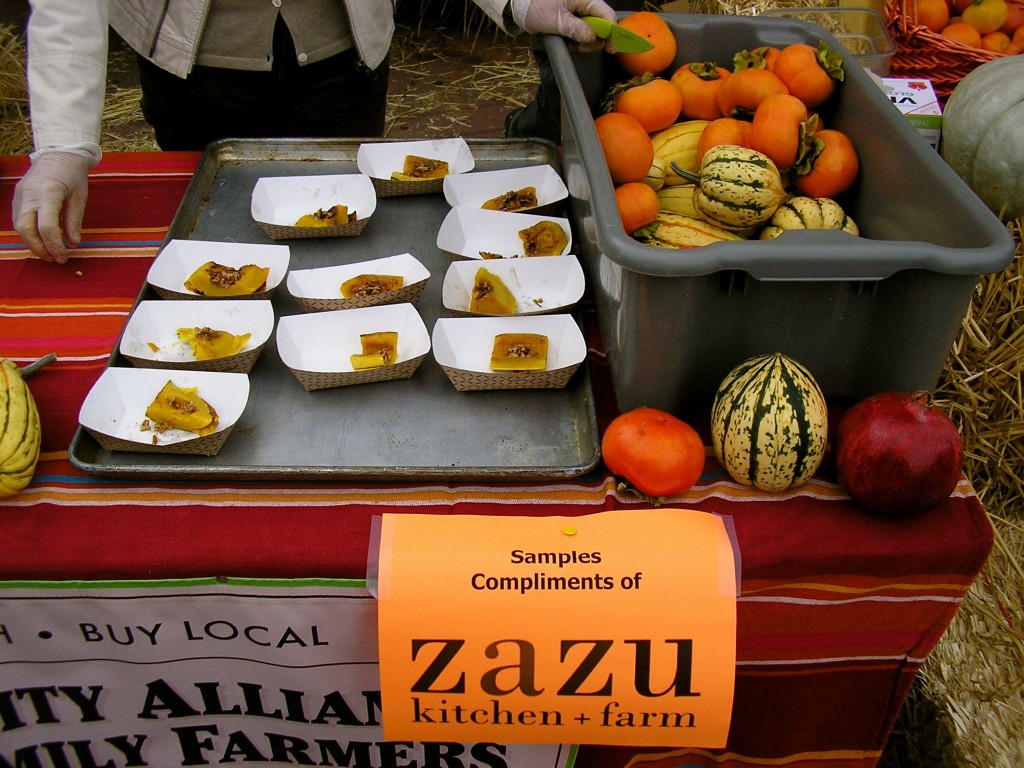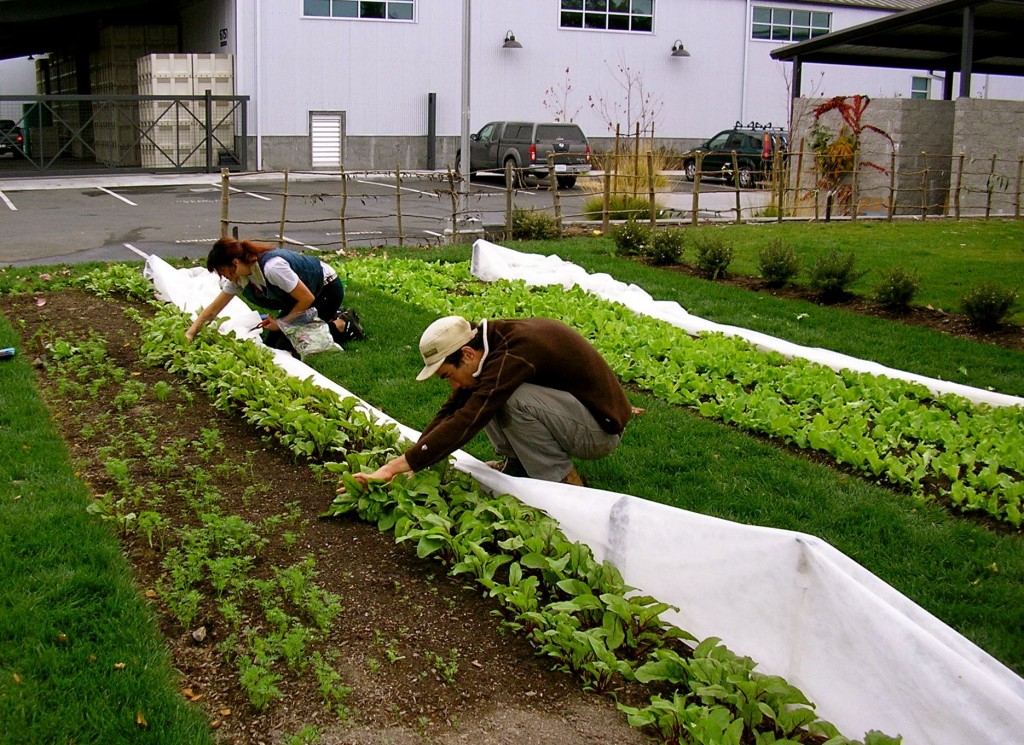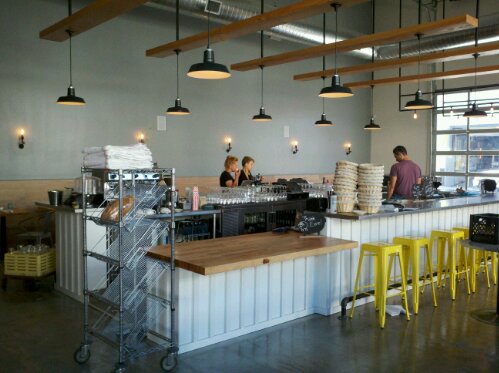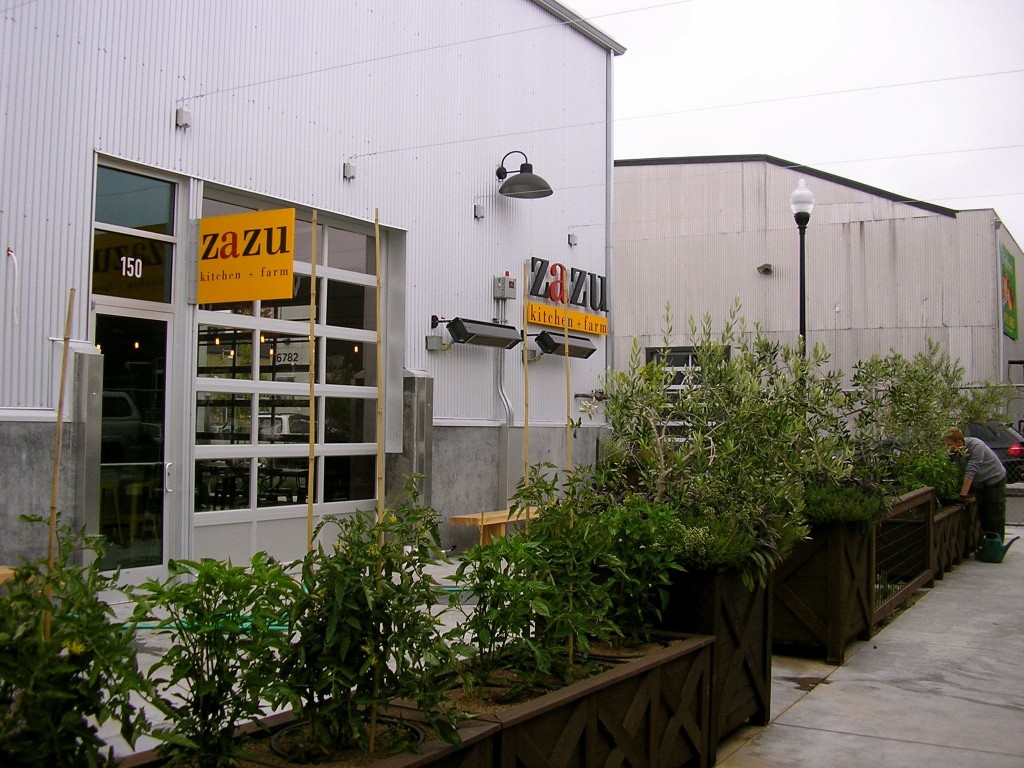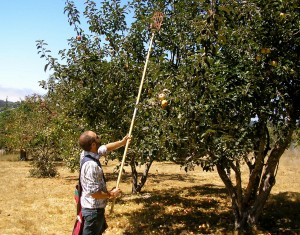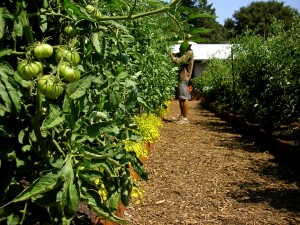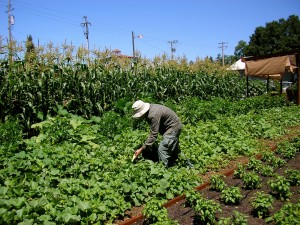I’ve been busy making holiday gifts using what I have growing as much as possible. One of my favorites is pickled beets. To make them you start by roasting the beets. You could just coat them in olive oil and roast them in a foil packet, but I like to add some orange juice, bay leaves, and fresh herbs like rosemary and thyme as well. Next you peel the beets in cold water and slice them thinly and place them in small jars with spices like fennel seeds, coriander seeds and peppercorns. Then boil apple cider vinegar mixed 1:1 with water and pour this over the beets. Seal the jars and place them in a boiling water bath for 10 minutes, then put them on a dish towel and do not touch them for 24hrs. You can use this recipe to pickle lots of other stuff from the garden too, like baby carrots and chard stems.
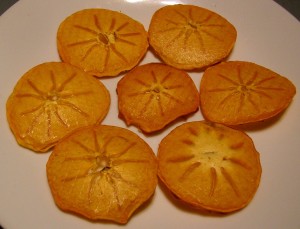
Dried persimmons are not just delicious, they are beautiful.
Another great gift to make is dried Hachiya persimmons. These trees are abundant in Sonoma County and most people don’t know how to eat them. Unlike the squat and crisp Fuyu, the acorn shaped Hachiya are ripe when soft and mushy, and otherwise are very astringent. It turns out that when you dehydrate them, they lose their astringency. So you can slice the Hachiya when they are orange and hard, around a 1/4in thick, and then dry them in a dehydrator or in the oven. They are addictive!
I’ve also been making syrups with fresh herbs like Pineapple Sage and Lemon Verbena. You simply steep the herbs in a simple syrup of water and sugar 1:1, then water bath can them. Check out this blog friend Amy wrote about making these syrups: AmyEats.com
Lastly, I’ve been making hot sauce with a variety of different chiles. For a basic spicy vinegar I de-stem and roughly chop the peppers, then simmer them in vinegar, salt and water for about 10 minutes. Let this cool on the stove then strain it into jars or bottles. I like to buy the Tapatio bottles for 89 cents each and use them.
For hot sauce, I puree the peppers first, then add them to the vinegar. I also add add Xanthan Gum as an emulsifier plus garlic and salt. I use different types of vinegar depending on how spicy the peppers are and what sort of flavor I’m after. For milder peppers, I use apple cider vinegar. For Thai chiles, I use rice vinegar. If you are making large batches of spicy sauce you may want to blend rice vinegar with distilled grain vinegar to save money.
For more gift ideas such as Limoncello, Quince Paste, Sauerkraut and Strawberry Jam, check out this online show about making edible gifts from Make Magazine: Food Makers

Padron and cayenne peppers for hot sauce. I also use jalapenos and a small fiery chili called Apache. I use a mini Cuisinart to puree the peppers, before straining them into jars or bottles.


